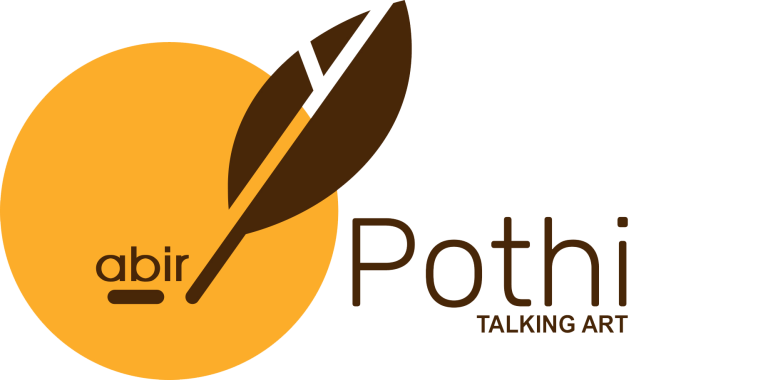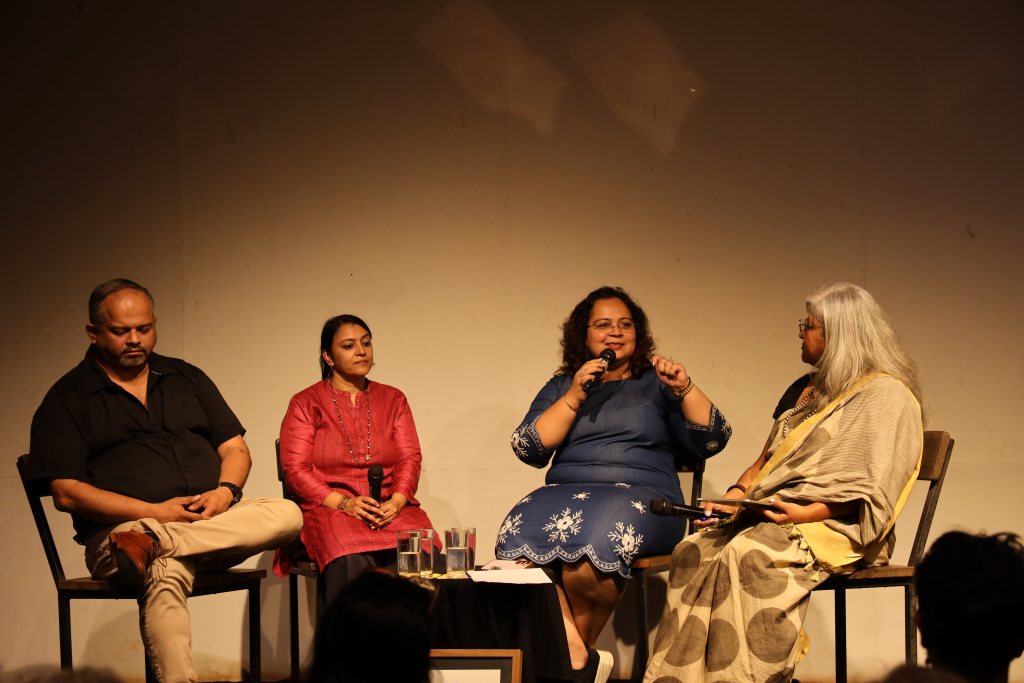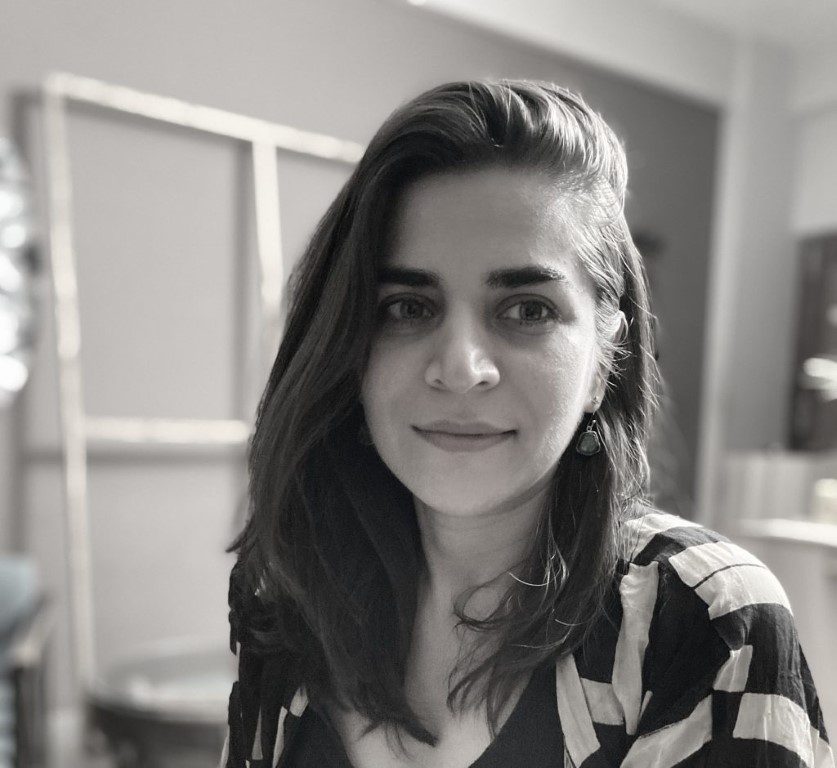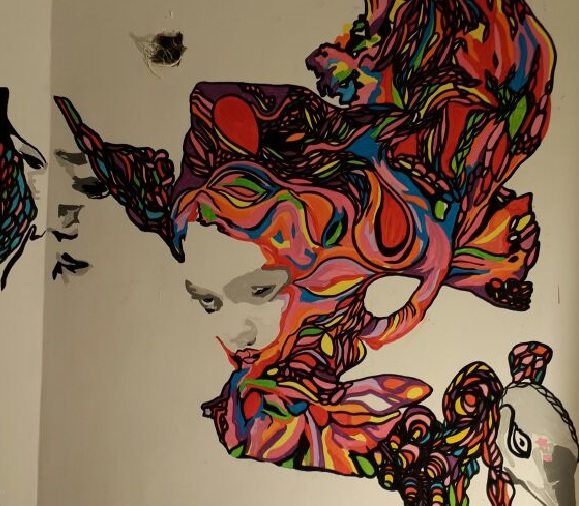Part One
At the confluence of personal memory and cultural inheritance lies a fragile but persistent force: the will to remember. On a humid Goan Sunday morning, at Museum of Goa’s public program ‘MOG Sundays’, this force found a collective voice in the launch of Absent Archives, a project initiated by Archival Matter. Described as a platform for memory workers and keepers, Absent Archives does not seek the official or the institutional. Rather, it gathers the absences, erased voices, undocumented lives, community and family archives long relegated to cupboards, trunks, and oral recollections. As its founder Alkananda Nag remarked, “What does it mean to document what was never meant to be written down?” Nag’s own journey with memory began with a city—Calcutta. “I left Calcutta when I was 18, but I keep going back to it in the realms of the mind,” she said. A city she described as “beautifully decrepit,” Calcutta is a mnemonic labyrinth where memory surfaces in monuments and also in dust, decay, and unspoken traces. Her decade-long effort to document the Armenians of Calcutta, a community that predated British colonial presence, did not begin with a cache of materials but with silence. “I thought I would go to the British Library… I was prepared, but something stopped me,” she recalled. What followed was a long practice of waiting : waiting for stories to surface, for people to speak, for absences to become form. The result was a book, now acquired by the Met and MoMA, that itself serves as an archival artifact. This gesture of waiting, in sharp contrast to archival urgency or curatorial assertion, became foundational to Archival Matter. Its ethos is clear: to approach the archive as a site of struggle, of slowness, and of shared custodianship.

“It’s not just me,” Nag said, “there are others doing this work all over South Asia.” Absent Archives is born out of this repetition of absence, where songs, tastes, and gestures, often dismissed as ephemera, are reclaimed as legitimate and even authoritative records.
Joining the launch panel were artists and scholars whose work resonates with this sensibility. Sonia Shirsat, India’s foremost Fadista, approached the question of cultural transmission through voice. Fado, a genre originating in Portugal and steeped in longing and saudade, entered Goa in the colonial period but never established institutional roots. “Fado is an art form which is not taught,” Shirsat explained, “you cannot be made a Fadista; you have to be born one.” Yet, recognising its potential extinction, she initiated Fado de Goa, a teaching project that now counts over 300 students. Without pre-existing syllabi or pedagogic templates, she designed her methodology based on personal struggle, her own unfamiliarity with Portuguese, the absence of reference recordings, and a deep persistence. “Every obstacle became part of the syllabus,” she noted. Shirsat’s work challenges assumptions about authenticity and origins. By locating Fado’s survival in Goa within domestic archives, family songbooks, and oral memory, she reframes it as a borrowed form, also as a cohabited one. She presented a striking anecdote: a collection of Fado songbooks printed in Bastora in 1905, gifted to her by a Portuguese gentleman. “He told me, I don’t think anyone else in the world will value this more. You are from Goa. This is printed in Goa. This is yours.” These booklets—small, fragile, often misfiled by history—embody what the official archive cannot: lived time, subjective attachment, and intergenerational resonance. Hansel Vaz, founder of Cazulo Feni, offered a similarly subversive approach to memory. A trained geologist, he recounted his discovery of the “definitive document” on Feni while browsing the internet in Papua New Guinea. The document, long uncontested in policy and popular discourse, claimed that cashew was introduced in Goa to prevent soil erosion—a notion Vaz found laughably anachronistic. “In the 1500s, nobody was thinking of preventing soil erosion. They were thinking of conquest, coral, peppers, loot.” This dissonance between elite-authored history and lived community knowledge catalysed his archival methodology—one based on sustained, non-invasive presence in distilleries. “You see what they’ve thrown away. You smell the air. You listen to what’s unsaid.”
His account exposes how narratives of origin are often shaped by power, and how oral and occupational traditions carry alternate epistemologies. In one case, he tracked down a distiller whose statement that Feni was triple-distilled had been cited as fact in a scholarly article. When confronted, the distiller admitted, “It sounded important.” This gesture, an attempt to elevate one’s knowledge in the presence of academia highlights the transactional dynamics of oral testimony, and the layered subjectivity it contains.
Art historian Lina Vincent’s interventions further expanded this field of inquiry. Her project Goa Familia, co-founded with photographer-curator Akshay Mahajan, exemplifies participatory archiving. “Nobody will allow you to open their cupboards unless they’re sure of your intentions,” Vincent noted. Working without the scaffolding of official permissions or institutional infrastructure, their practice involves deep immersion in family memory, local knowledge, and the ethics of listening. Over time, their exhibitions have transformed into community-led historiographies – spaces where images elicit recognition, stories multiply, and memory reconfigures itself. A core tenet of Vincent’s methodology is the refusal to judge. In oral history, contradiction is not a flaw but a texture. Multiple versions of the same story are allowed to coexist. “The stories didn’t match with each other. They didn’t match with the official record. And that was okay,” she explained. What emerged were not linear histories but constellations of recollection,
dissonance, and affect. In their open calls, she observed, people often respond with enthusiasm, not for display or fame, but for the quiet recognition that what they hold might matter. What unites these practitioners—Nag, Shirsat, Vaz, and Vincent, is not the medium of their work but its ethic: an ethic of care, humility, and persistence. Their archives do not conform to typologies of paper, file, or format. They dwell in gestures, in song, in sensory memory, and in the oral relay of knowledge. In documenting what was never documented, they reveal what it means to inhabit a history made precarious by time and erasure.
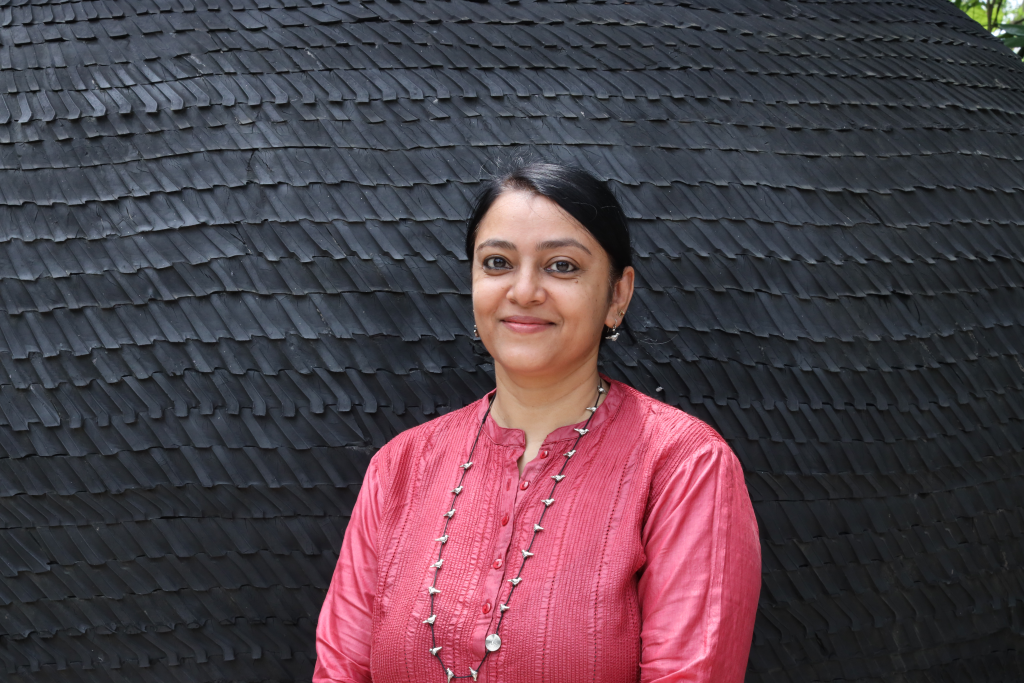
What does the archive of our time look like? What are we leaving behind, and who will hold it? These are questions Absent Archives will continue to ask, not for answers that fix the past, but for processes that open it up.

Nilankur believes in the magic of critical thinking, intelligent dialogue and creativity. He stays in Goa, programs for the Museum of Goa and is a columnist.
